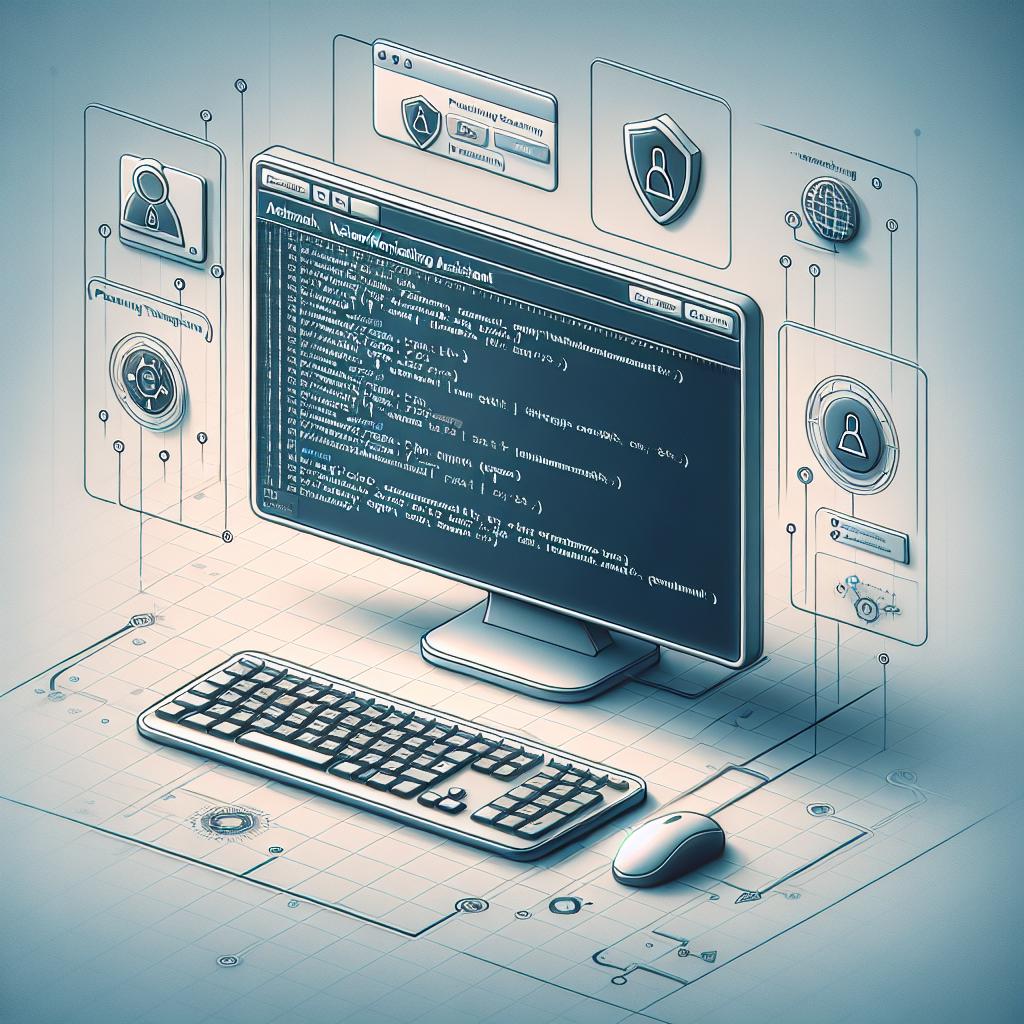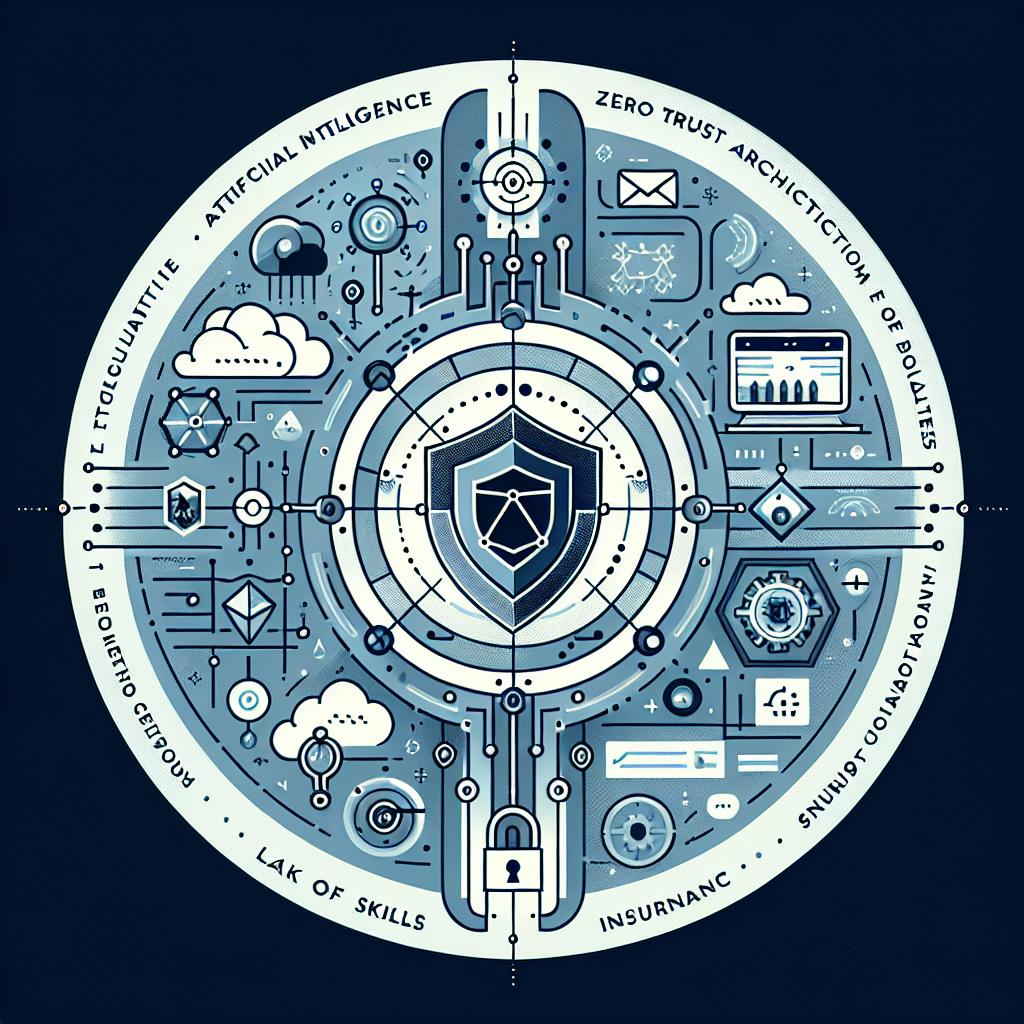In recent years, quantum computing has transitioned from a theoretical concept to a rapidly advancing technology with the potential to revolutionize various fields, including cryptography. While quantum computers promise unprecedented computational power, they also pose significant threats to the encryption methods that currently secure our digital communications, financial transactions, and sensitive data. This raises a critical question: Is your encryption ready for the quantum era?
Understanding the Quantum Computing Threat
Traditional computers process information in bits, which represent either a 0 or a 1. Quantum computers, on the other hand, use quantum bits or qubits, which can exist in multiple states simultaneously thanks to the principles of superposition and entanglement. This allows quantum computers to perform certain calculations exponentially faster than classical computers.
One of the most concerning implications of this capability is the potential to break widely used cryptographic algorithms. For example:
-
Shor’s Algorithm: This quantum algorithm can efficiently factor large integers and compute discrete logarithms, which are the mathematical foundations of RSA, ECC (Elliptic Curve Cryptography), and other public-key cryptosystems. Once a sufficiently powerful quantum computer is built, it could break these encryption schemes, rendering them insecure.
-
Grover’s Algorithm: This algorithm provides a quadratic speedup for searching unsorted databases, which can weaken symmetric key cryptography like AES by effectively halving the key length’s security level.
Current Encryption Vulnerabilities
Public-Key Cryptography
Public-key cryptography underpins many secure communications protocols, including SSL/TLS, which protect internet traffic. Algorithms like RSA and ECC rely on the difficulty of factoring large numbers or solving discrete logarithms—problems that quantum computers can solve efficiently.
Symmetric-Key Cryptography
Symmetric algorithms such as AES are more resistant to quantum attacks but are not immune. Grover’s algorithm can reduce the effective key length by half, meaning AES-256 would offer roughly the same security as AES-128 against a quantum adversary.
Hash Functions
Hash functions are used for data integrity and digital signatures. Quantum attacks can also impact their collision resistance, though the effect is less severe compared to public-key cryptography.
Preparing for the Quantum Future
Post-Quantum Cryptography (PQC)
To counteract quantum threats, researchers are developing new cryptographic algorithms designed to be secure against quantum attacks. These post-quantum algorithms rely on mathematical problems believed to be hard for both classical and quantum computers, such as lattice-based, code-based, multivariate polynomial, and hash-based cryptography.
The National Institute of Standards and Technology (NIST) has been leading an effort to standardize post-quantum cryptographic algorithms. In 2022, NIST announced the first group of algorithms selected for standardization, including:
- CRYSTALS-KYBER for key encapsulation (encryption)
- CRYSTALS-DILITHIUM for digital signatures
- FALCON and Rainbow (with some caveats) for digital signatures
Organizations should monitor these developments and plan to integrate PQC algorithms into their systems once standards are finalized.
Hybrid Cryptography
During the transition period, many experts recommend using hybrid cryptographic schemes that combine classical and post-quantum algorithms. This approach ensures security against both classical and quantum adversaries while maintaining compatibility with existing infrastructure.
Key Management and Infrastructure Updates
Upgrading cryptographic algorithms is only part of the solution. Organizations must also:
- Audit and inventory cryptographic assets to identify vulnerable systems.
- Update protocols and software to support new algorithms.
- Train staff on quantum-safe practices.
- Develop a migration plan that minimizes disruption.
Quantum Key Distribution (QKD)
QKD uses the principles of quantum mechanics to enable secure key exchange, theoretically immune to eavesdropping. While promising, QKD requires specialized hardware and infrastructure, limiting its current practicality for widespread use.
What Can You Do Today?
-
Assess Your Risk: Determine which systems rely on vulnerable cryptographic algorithms and evaluate the potential impact of a quantum attack.
-
Stay Informed: Follow updates from standards bodies like NIST and industry groups on post-quantum cryptography.
-
Plan Ahead: Develop a roadmap for transitioning to quantum-resistant algorithms, including timelines, budgets, and resource allocation.
-
Implement Best Practices: Use strong symmetric keys (e.g., AES-256), enable perfect forward secrecy in protocols, and apply defense-in-depth strategies.
-
Engage Experts: Consult with cybersecurity professionals who specialize in cryptography and quantum computing to tailor solutions to your organization’s needs.
Conclusion
Quantum computing represents both an exciting technological leap and a formidable challenge to current encryption methods. While large-scale quantum computers capable of breaking today’s cryptography are not yet a reality, the pace of research and development means organizations must act proactively. By understanding the threats, embracing post-quantum cryptography, and preparing infrastructure accordingly, you can ensure that your encryption remains robust in the face of the quantum revolution.
The future of secure communication depends on the steps we take today—don’t wait until quantum computers arrive to start preparing.



